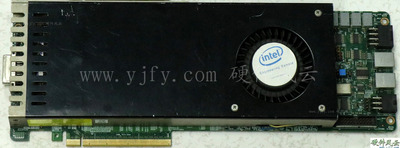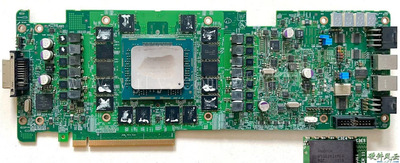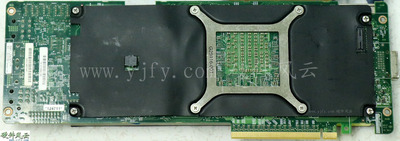Reply 40 of 46, by yjfy
4.3.4 Larrabee2
Knights Corner is an optimization and upgrade of Knights Ferry. It is only natural that the Larrabee2 graphics card appears, but Intel did not announce it to the public, and Intel has done such things.
The PCB date is 3611 weeks and the GPU date is 1147 weeks.
4.4 Unknown
At the beginning of 2018, Intel first revealed the prototype of the fourth-generation discrete graphics card at the ISSCC 2018 International Solid-State Circuits Conference. The prototype graphics card was manufactured using the Intel 14nm process and integrated 1.524 billion transistors.
Where is Intel going, will it open a new era? Wait and see!


